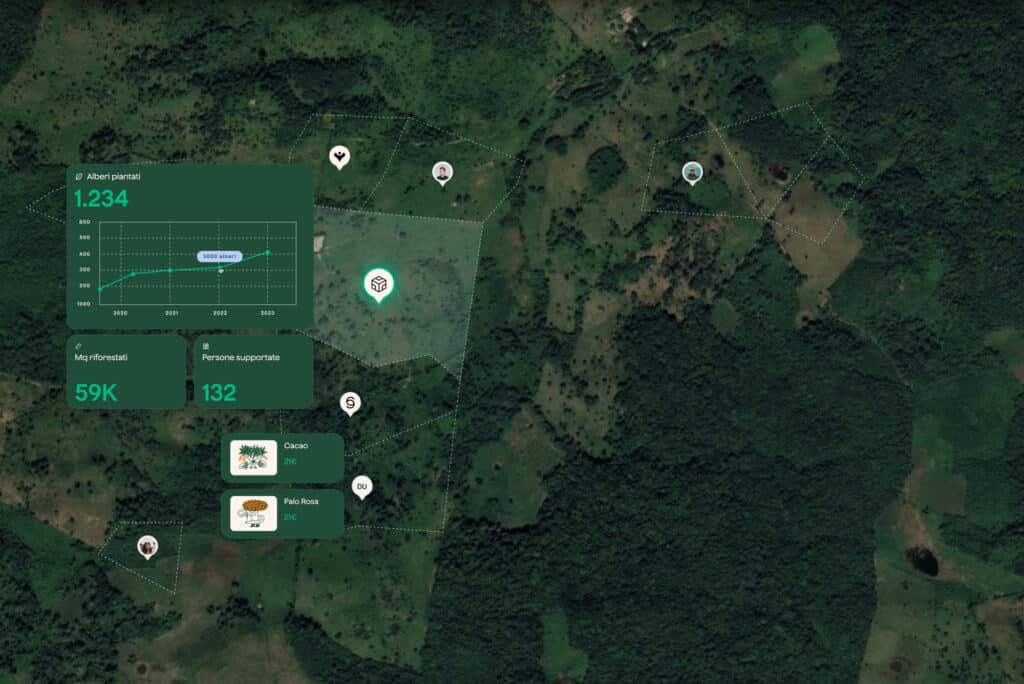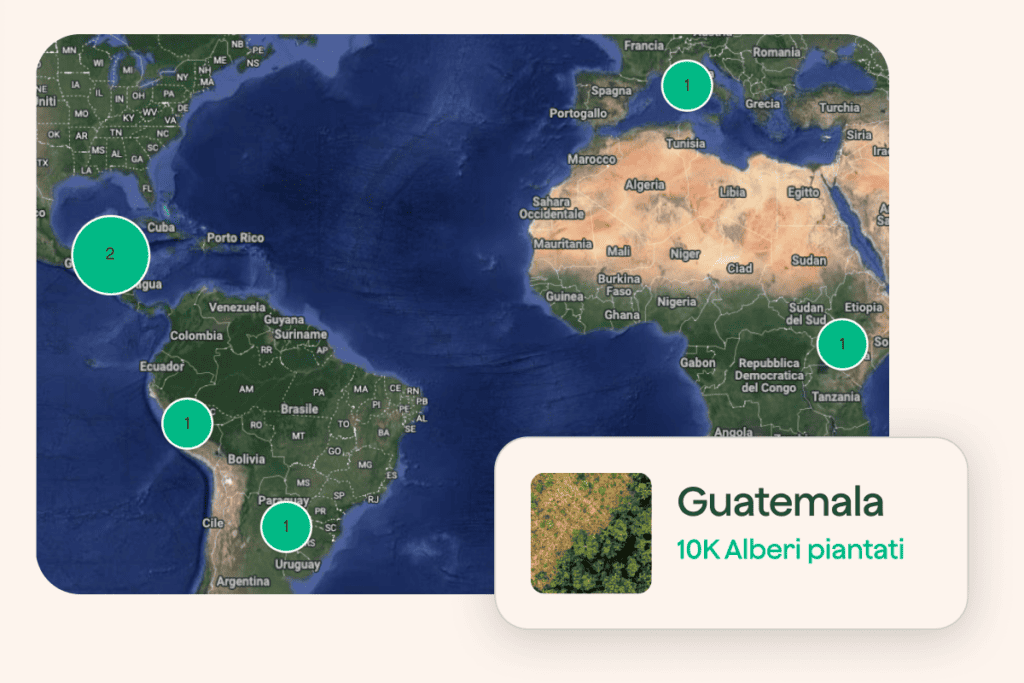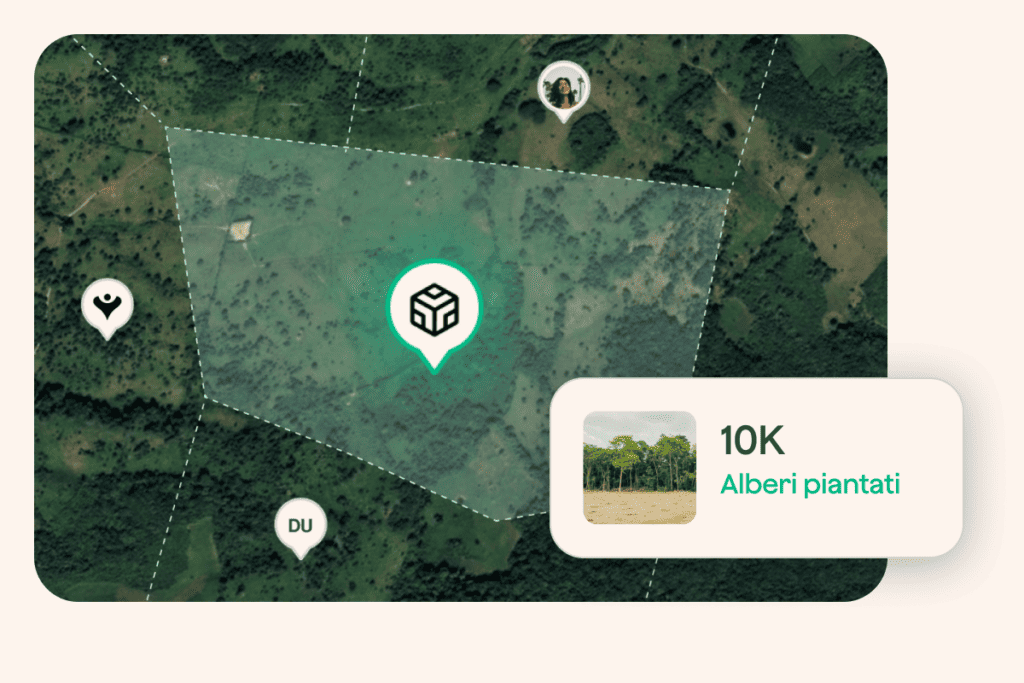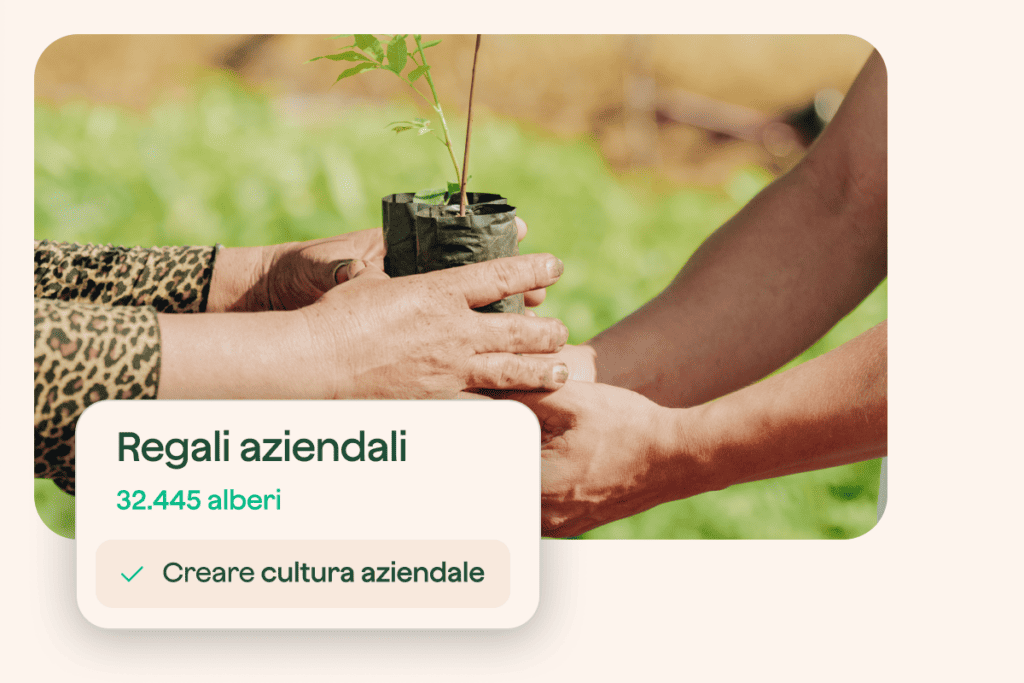The Paris Agreement is an international treaty on climate change whose ratifiers pledge to keep the global average temperature increase well below 2°C compared to pre-industrial levels and to strive to limit the increase to 1.5°C.
Relevance of the Paris Agreement
- The agreement was reached on 12 December 2015 at the 21st United Nations Climate Change Conference (COP21) and counts 195 ratifications as of today;
- The implementation of the Paris Agreement requires overarching economic and social transformations, based on the best science available as assessed by the Intergovernmental Panel on Climate Change (IPCC) in its reports;
- The Paris Agreement works on a five-year cycle in which each country must submit an updated and increasingly ambitious plan of action, known as Nationally Determined Contribution (NDC).
Read more
The Paris Agreement bordered universal participation and is undoubtedly a milestone in international climate diplomacy. Compared to the Kyoto Protocol, the Paris Agreement represented a great shift in international climate cooperation. From common but differentiated responsibilities to the principle of respective capabilities and from a top-down imposition of targets to a bottom-up approach. In their NDCs, countries lay out the actions they mean to take to reduce their greenhouse gas emissions in order to achieve the goals of the Paris Agreement. In the same documents, they also communicate the actions they will take to adapt to the already ongoing impacts of climate change and to build resilience. To better frame efforts towards the long-term goal, parties to the agreement are invited, albeit not obliged, to also present long-term strategies.
The first ‘global stocktake’, a review of progress since the adoption of the agreement will be held in 2023. The results will be released by the end of the 28th Conference of the Parties in December.
Legal note: as in any negotiation under international law, the Paris Agreement was faced with a trade-off between ambition and participation. It should be remembered that the targets themselves are not legally binding. Parties to the agreement are only obliged to submit their reduction plans. Moreover, there is no mechanism to sanction incompliance.











